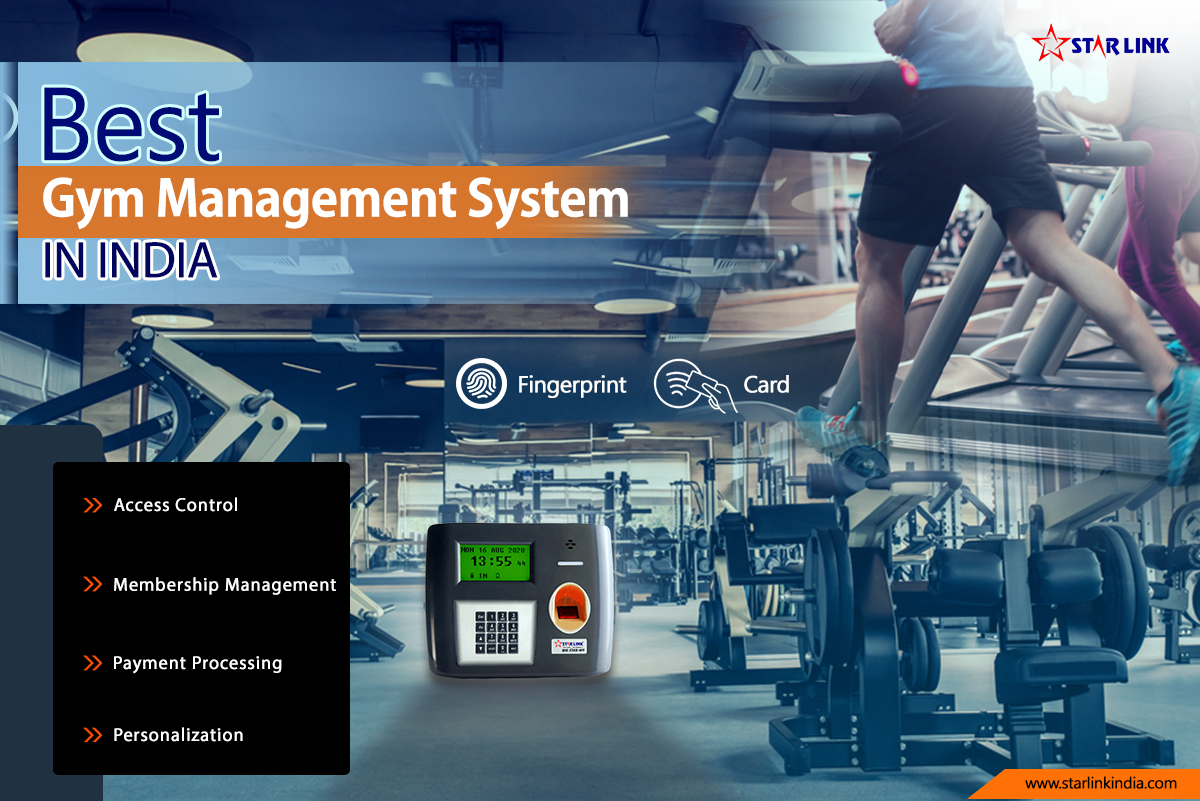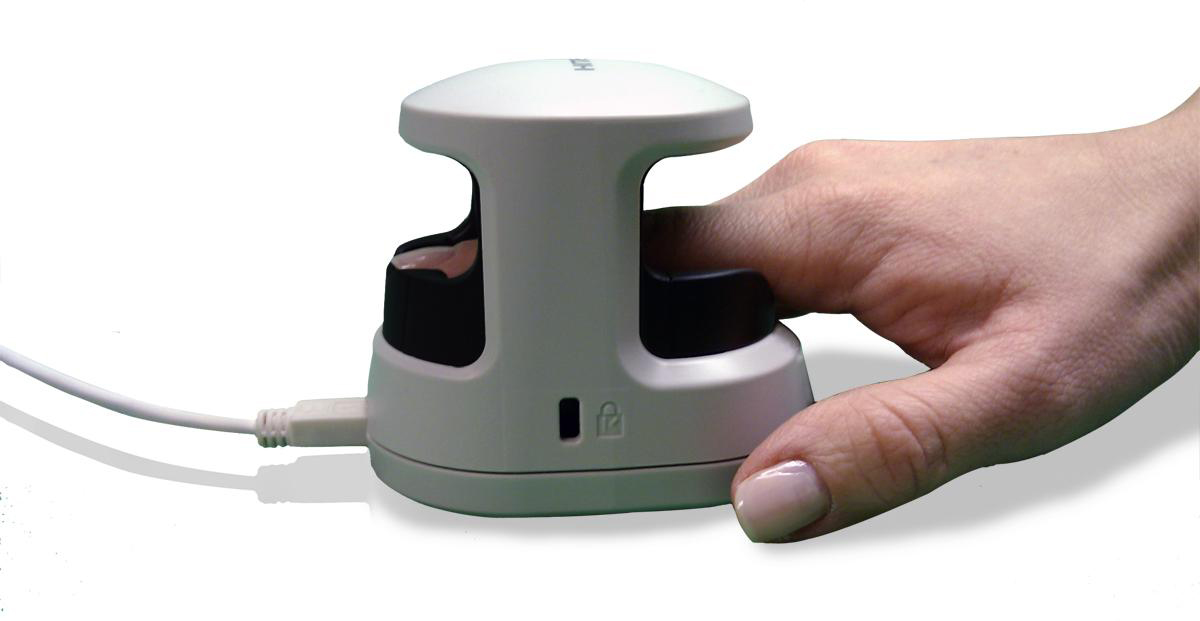A biometric membership management system uses unique physical traits to identify individuals. This technology enhances security and simplifies access for members.
Managing memberships can be challenging. Traditional methods often lead to lost cards or unauthorized access. A biometric system offers a modern solution. It uses fingerprints, facial recognition, or iris scans to verify identity. This approach increases security and ensures only authorized members can enter.
Imagine a gym where you don’t need a card to check in. Just a quick scan, and you’re in. This system not only saves time but also protects personal information. Organizations can track attendance easily and manage memberships more effectively. As technology evolves, embracing biometric systems becomes crucial for efficient membership management.

Credit: www.starlinkindia.com
Introduction To Biometric Membership Systems
Biometric membership systems use unique physical traits for identification. They offer a modern solution for managing memberships. This technology replaces traditional methods like cards or passwords. Biometric systems improve security and efficiency. They are becoming popular in various organizations.
The Rise Of Biometric Technology
Biometric technology is growing fast. More people use fingerprints, facial recognition, and iris scans. These methods are accurate and quick. They provide a reliable way to confirm identity.
Many businesses and organizations adopt biometrics. This trend is seen in gyms, clubs, and libraries. The need for better security drives this change. Biometric systems help reduce fraud and unauthorized access.
Benefits For Membership-based Organizations
Membership-based organizations see many advantages with biometric systems. First, they enhance security. Members feel safer knowing their data is protected.
Second, these systems streamline the check-in process. Members enter quickly without fumbling for cards. This saves time for both staff and visitors.
Third, biometric systems reduce costs. Organizations spend less on lost cards and replacements. They also lower administrative burdens related to managing memberships.
Finally, these systems improve member experience. People appreciate the convenience of easy access. Happy members are more likely to renew their memberships.
Key Components Of Biometric Systems
Biometric membership management systems rely on unique biological traits. These systems offer secure access control. They enhance user identification and streamline processes. Key components include fingerprint recognition, facial recognition, iris scans, and voice recognition.
Fingerprint And Facial Recognition
Fingerprint recognition is a common biometric method. It uses the unique patterns on a person’s fingers. This method is fast and accurate. Many smartphones and security systems use it.
Facial recognition tracks facial features. It analyzes the shape and distance of features like eyes and nose. This technology helps identify individuals in crowds. It enhances security in various environments.
Iris Scans And Voice Recognition
Iris scans focus on the unique patterns in the colored part of the eye. This method offers a high level of accuracy. It is difficult to replicate. Iris recognition ensures secure access to sensitive areas.
Voice recognition analyzes vocal traits. It identifies the speaker by their voice patterns. This method is useful for phone systems and virtual assistants. It provides a convenient way to authenticate users.
Enhancing Security With Biometrics
Biometric membership management systems use unique human traits for security. These traits include fingerprints, facial recognition, and iris patterns. By using biometrics, organizations can greatly improve their security measures. This technology helps ensure that only authorized individuals access sensitive areas and information.
Reducing Fraud And Identity Theft
Biometric systems make it hard for fraudsters to impersonate others. Each person has unique physical traits. These traits cannot be easily copied or stolen. This feature significantly lowers the risk of identity theft.
Traditional passwords can be forgotten or hacked. Biometrics eliminates this problem. Users no longer need to remember complex passwords. They simply use their fingerprints or faces to gain access. This change increases security and user convenience.
Improving Access Control
Biometric systems enhance access control methods. Only registered individuals can enter secure areas. This control reduces the chances of unauthorized access. It helps maintain a safer environment.
Organizations can set up biometric checkpoints. These checkpoints track who enters and exits. This data is useful for auditing and security reviews. It makes it easier to find security breaches if they occur.
Biometric technology also supports multi-factor authentication. Users can combine biometrics with other methods for extra security. This layered approach further protects sensitive information and areas.
Integrating Biometrics Into Membership Management
Biometric technology is changing how organizations manage memberships. It offers a secure way to identify members. This helps reduce fraud and improve access control. Using fingerprints, facial recognition, or iris scans makes processes smoother. Let’s explore the key aspects of integrating biometrics into membership management.
System Setup And Member Enrollment
Setting up a biometric system is straightforward. Choose the right hardware and software for your needs. Install fingerprint scanners or cameras as needed. Ensure everything connects to your main membership database.
During member enrollment, collect biometric data securely. Ask members for consent before capturing their biometric information. This builds trust and ensures transparency. Use clear instructions to guide members through the enrollment process.
Training staff is essential. They should understand how to operate the system. Proper training helps avoid errors during member check-ins. A well-trained team enhances the overall experience for members.
Database Management And Privacy Concerns
Managing biometric data requires strict security measures. Use encryption to protect sensitive information. Regularly update your security protocols to prevent data breaches.
Privacy concerns are valid. Inform members how their data will be used. Transparency is key to maintaining trust. Implement data retention policies to delete old records when no longer needed.
Comply with local laws regarding data protection. This ensures your system operates within legal boundaries. Regular audits can help maintain compliance and enhance security.
Case Studies: Success Stories
Biometric membership management systems have helped many organizations. Below are some success stories from gyms, health clubs, and private clubs. These examples show how effective these systems can be.
Gyms And Health Clubs
Many gyms and health clubs have adopted biometric systems. These systems provide a smooth check-in process. Members enjoy quick access without delays.
- Case Study 1: FitLife Gym
- FitLife Gym implemented a biometric system in 2020.
- They saw a 40% reduction in check-in time.
- Member satisfaction increased significantly.
Another gym, PowerHouse, faced issues with unauthorized access.
- Case Study 2: PowerHouse Gym
- They introduced fingerprint scanners for member entry.
- Unauthorized entries dropped by 90%.
| Gym Name | Implementation Year | Results |
|---|---|---|
| FitLife Gym | 2020 | 40% faster check-ins |
| PowerHouse Gym | 2021 | 90% drop in unauthorized access |
Private Clubs And Societies
Private clubs and societies also benefit from biometric systems. These systems enhance security and streamline membership processes.
- Case Study 1: Elite Golf Club
- Elite Golf Club adopted facial recognition technology.
- Member complaints about long waits decreased.
- Overall membership grew by 15% in one year.
Another example is the Silver Society.
- Case Study 2: Silver Society
- They used iris scans for member verification.
- Security incidents dropped by 75%.
| Club Name | Technology Used | Results |
|---|---|---|
| Elite Golf Club | Facial Recognition | 15% membership growth |
| Silver Society | Iris Scans | 75% drop in security incidents |
Challenges And Considerations
Implementing a Biometric Membership Management System brings many challenges. Businesses must think carefully about these issues. They can affect the success of the system. Understanding these challenges is key for smooth operation.
Technical Hurdles And User Adoption
Technical challenges can arise during setup. Integrating biometric systems with existing software is not always easy. Compatibility issues may slow down the process. Users may also face difficulties with new technology.
Training staff and members is essential. Many users may resist change. They might feel uncomfortable using biometrics. Clear instructions and support can help ease their concerns.
Legal Implications And Ethical Issues
Legal issues are another major concern. Biometric data is sensitive information. Organizations must protect this data from breaches. Failure to do so can lead to legal penalties.
Ethical considerations also play a role. Privacy concerns are significant. Users may worry about how their data is used. Transparency about data usage builds trust with members.
Future Of Biometric Membership Management
The future of biometric membership management looks bright and promising. As technology advances, more organizations are adopting biometric systems. This shift enhances security and simplifies user experiences. Members enjoy quick access and reduced waiting times. Organizations save on administrative costs and improve efficiency.
Technological Advancements
Many technological advancements are shaping the future of biometric systems. Here are some key trends:
- Artificial Intelligence (AI): AI will improve accuracy in biometric recognition.
- Mobile Integration: Biometric systems will integrate with mobile devices.
- Cloud Storage: Secure storage of biometric data in the cloud will increase.
- Multi-factor Authentication: Combining biometrics with other methods will enhance security.
These advancements will streamline processes and ensure safety for users.
Predictions For User Experience
Future user experiences in biometric membership management will be more personalized and user-friendly. Here are some predictions:
- Faster access times with improved recognition technologies.
- Greater personalization through tailored membership options.
- Seamless integration with existing applications and systems.
- Increased user control over personal data and privacy settings.
These changes will lead to higher satisfaction among users. Organizations will benefit from loyalty and trust from their members.

Credit: www.instagram.com
Best Practices For Implementation
Implementing a biometric membership management system can improve efficiency. Follow best practices to ensure success. Here are key points to consider.
Choosing The Right Biometric Technology
Selecting the right technology is crucial. Consider these factors:
- Type of biometric: Fingerprint, facial recognition, or iris scanning.
- Accuracy: Choose systems with high accuracy rates.
- Speed: Fast recognition helps reduce wait times.
- Environment: Ensure it works in your specific setting.
Research various technologies. Compare their features and costs. Look for user reviews. A well-informed choice ensures better results.
Ensuring Member Data Security
Data security is critical in membership systems. Follow these practices to protect member information:
- Data encryption: Encrypt sensitive data at all times.
- Access control: Limit data access to authorized personnel only.
- Regular audits: Conduct audits to check for vulnerabilities.
- Compliance: Follow legal regulations for data protection.
Educate staff on security protocols. Keep software updated. Regular maintenance protects against breaches.
| Security Measure | Description |
|---|---|
| Data Encryption | Protects sensitive information from unauthorized access. |
| Access Control | Limits data access to authorized users only. |
| Regular Audits | Checks for vulnerabilities and ensures compliance. |
| Compliance | Adheres to legal standards for data protection. |
Implementing these practices builds trust with members. Secure data leads to better engagement.

Credit: www.m2sys.com
Frequently Asked Questions
What Is A Biometric Membership Management System?
A biometric membership management system uses unique biological traits for identification. It enhances security and streamlines member access. By using fingerprints, facial recognition, or iris scans, organizations can efficiently manage memberships. This technology reduces fraud and improves user experience, making it ideal for gyms, clubs, and secure facilities.
How Does Biometric Membership Management Work?
Biometric membership management works by capturing and analyzing members’ biological data. When a member registers, their biometric traits are recorded and stored securely. During access, the system compares live data with stored information. This process ensures accurate identification, allowing seamless entry while maintaining high security standards.
What Are The Benefits Of Biometric Systems?
Biometric systems offer numerous benefits, including enhanced security, improved accuracy, and time-saving. They eliminate the need for physical cards or passwords, reducing the risk of theft. Additionally, these systems can streamline check-in processes and improve overall member experience. Organizations can also enjoy reduced administrative costs.
Is Biometric Data Secure?
Yes, biometric data can be secure when managed properly. Advanced encryption techniques protect stored information from unauthorized access. Additionally, reputable systems comply with data protection regulations. Regular security audits and updates further enhance safety, ensuring members’ data remains confidential and secure from potential threats.
Conclusion
A biometric membership management system offers many benefits. It enhances security and simplifies check-in processes. Members enjoy faster access and improved convenience. Organizations can track attendance easily and manage data efficiently. This system reduces errors and saves time. Investing in this technology leads to better member experiences.
It builds trust and loyalty among users. Choosing the right system is essential for success. Embrace the future of membership management. Your organization deserves the best tools available.








